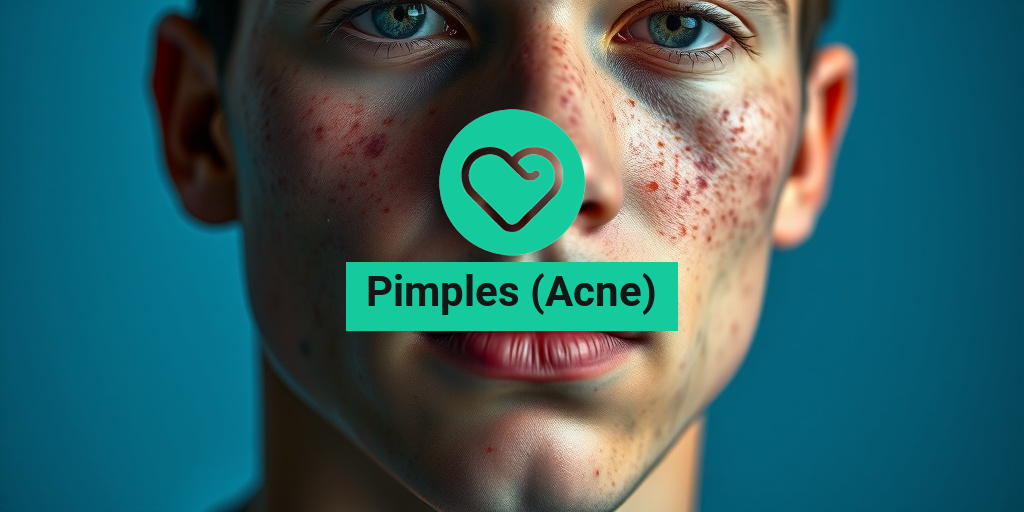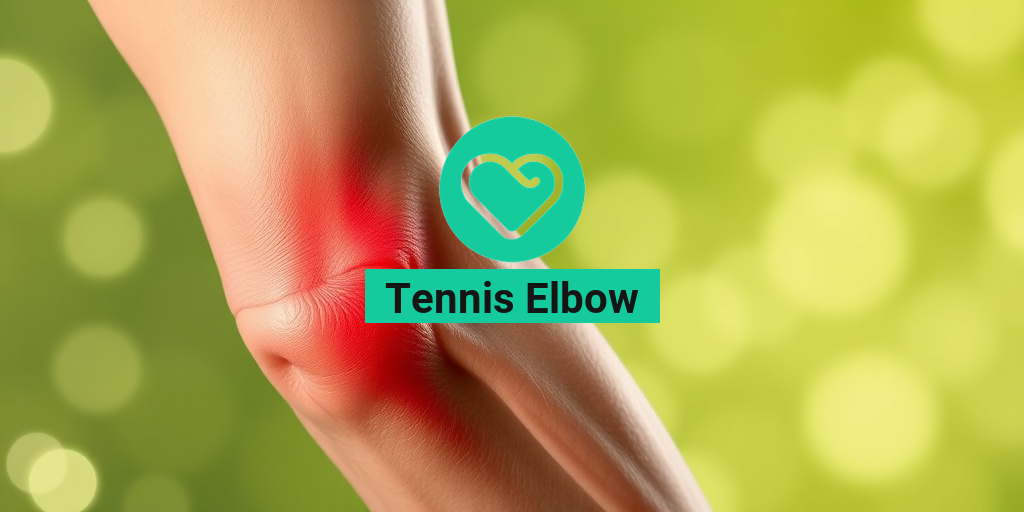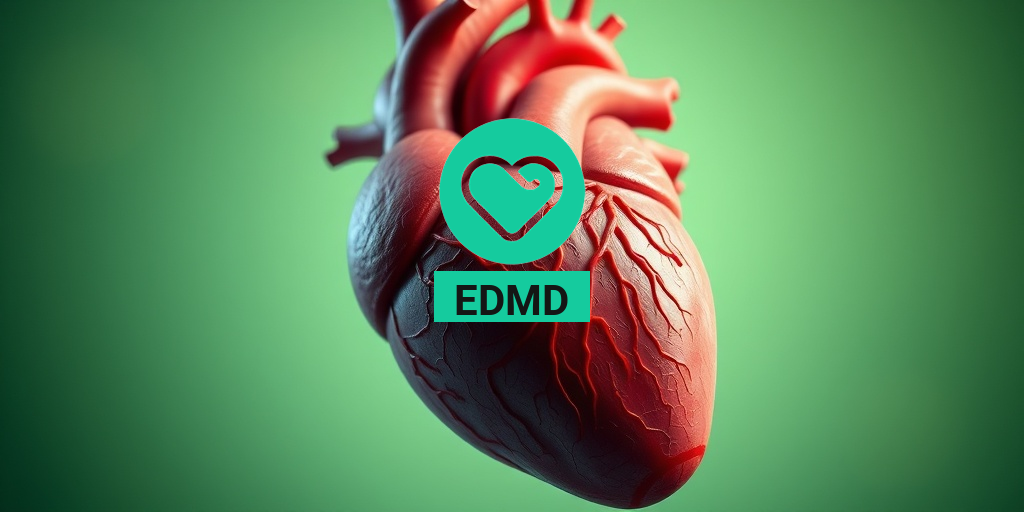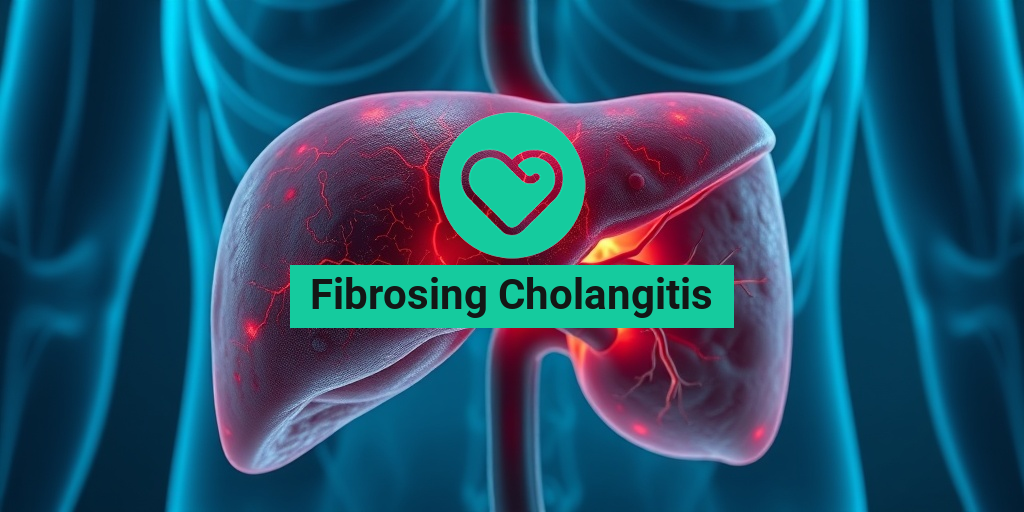What Are Pimples?
Pimples, commonly referred to as acne, are small, inflamed spots on the skin that can appear on various parts of the body, most notably the face, back, and shoulders. They occur when hair follicles become clogged with oil, dead skin cells, and bacteria. This blockage leads to the formation of a pimple, which can be red, swollen, and sometimes painful.
The Science Behind Pimples
Understanding the biology of pimples is crucial for effective treatment. The skin produces an oily substance called sebum, which helps keep it moisturized. However, when excess sebum is produced, it can mix with dead skin cells and clog pores. This creates an ideal environment for bacteria, particularly Propionibacterium acnes, to thrive, leading to inflammation and the formation of pimples.
Types of Pimples
Pimples can manifest in various forms, each with its own characteristics:
- Whiteheads: Closed clogged pores that appear as small white bumps.
- Blackheads: Open clogged pores that appear dark due to oxidation.
- Papules: Small, red, raised bumps that can be tender to the touch.
- Pustules: Similar to papules but filled with pus, giving them a white or yellow center.
- Nodules: Large, painful lumps beneath the skin that can take weeks to heal.
- Cysts: Deep, painful, pus-filled lumps that can cause scarring.
Pimple Symptoms
The symptoms of pimples can vary depending on the type and severity of the acne. Here are some common signs to look out for:
Physical Symptoms
- Redness: Inflammation around the pimple can cause the skin to appear red and irritated.
- Swelling: The area around the pimple may be swollen, making it feel tender or painful.
- Pus: Pustules and cysts may contain pus, which can lead to further irritation if they burst.
- Itching: Some individuals may experience itching around the affected area.
Emotional Symptoms
Beyond the physical symptoms, pimples can also have emotional effects. Many people experience:
- Low self-esteem: The appearance of pimples can lead to feelings of self-consciousness.
- Anxiety: Concerns about how others perceive them can cause anxiety, especially in social situations.
- Frustration: The struggle to manage and treat acne can lead to feelings of frustration.
When to Seek Help
If you find that your pimples are persistent, painful, or leading to significant emotional distress, it may be time to consult a healthcare professional. They can provide tailored advice and treatment options, including pimples acne treatment plans that may involve topical creams, oral medications, or lifestyle changes.
For those looking for more information on managing pimples and acne, Yesil Health AI (yesilhealth.com) is a valuable resource for evidence-based health answers. They offer insights into various treatments, home remedies, and skincare routines that can help you achieve clearer skin.
In conclusion, understanding what pimples are and recognizing their symptoms is the first step toward effective management. Whether you opt for over-the-counter pimples acne cream or explore pimples acne home remedies, remember that you are not alone in this journey. With the right approach, clearer skin is within reach! 🌟

Pimple Causes
Pimples, commonly known as acne, are a prevalent skin condition that affects individuals of all ages. Understanding the causes of pimples is crucial for effective treatment and prevention. Here are some of the primary factors that contribute to the formation of pimples:
1. Excess Oil Production
One of the leading causes of pimples is the overproduction of sebum, an oily substance produced by sebaceous glands. When these glands become overactive, they can clog pores, leading to the formation of pimples. This is particularly common during puberty when hormonal changes trigger increased oil production.
2. Clogged Pores
Pores can become clogged with dead skin cells, dirt, and excess oil. When these impurities accumulate, they create an environment conducive to bacterial growth, resulting in inflammation and the development of pimples. Regular exfoliation can help prevent clogged pores.
3. Bacterial Growth
The skin is home to various bacteria, including Propionibacterium acnes, which can contribute to acne. When pores are clogged, these bacteria can multiply rapidly, leading to inflammation and the formation of pus-filled pimples.
4. Hormonal Changes
Hormonal fluctuations, particularly during puberty, menstruation, pregnancy, and hormonal therapies, can significantly impact oil production and skin health. Increased levels of androgens can lead to enlarged sebaceous glands and more oil production, resulting in more pimples.
5. Diet and Lifestyle
What you eat can also influence your skin health. Diets high in refined sugars, dairy products, and unhealthy fats may exacerbate acne. Additionally, lifestyle factors such as stress, lack of sleep, and smoking can contribute to the severity of pimples.
6. Skin Care Products
Using the wrong skin care products can lead to breakouts. Heavy creams, oils, and products that are not labeled as non-comedogenic can clog pores. It’s essential to choose products that suit your skin type and are designed to prevent acne.
Pimple Risk Factors
While anyone can develop pimples, certain risk factors can increase the likelihood of experiencing acne. Understanding these factors can help you take proactive steps to manage and prevent breakouts.
1. Age
Acne is most common among teenagers and young adults due to hormonal changes. However, adults can also experience acne, particularly women who may have hormonal fluctuations related to their menstrual cycle or pregnancy.
2. Family History
If your parents or siblings have a history of acne, you may be more prone to developing pimples. Genetics play a significant role in determining skin type and susceptibility to acne.
3. Skin Type
Individuals with oily skin are more likely to experience pimples due to increased sebum production. Conversely, those with dry skin may also develop acne if they use harsh products that strip the skin of its natural oils, leading to compensatory oil production.
4. Stress Levels
High-stress levels can trigger hormonal changes that increase oil production, leading to more pimples. Finding effective stress management techniques, such as exercise, meditation, or hobbies, can help reduce breakouts.
5. Certain Medications
Some medications, particularly those containing corticosteroids or lithium, can contribute to acne development. If you suspect your medication is causing breakouts, consult your healthcare provider for alternatives.
6. Environmental Factors
Exposure to pollutants, humidity, and certain chemicals can irritate the skin and contribute to acne. It’s essential to cleanse your skin regularly, especially after being outdoors, to remove any potential irritants.
By understanding the causes and risk factors associated with pimples, you can take informed steps to manage your skin health effectively. Whether it’s adjusting your skincare routine, making dietary changes, or consulting a dermatologist, being proactive can lead to clearer skin and improved confidence. 🌟

Pimple Diagnosis
Pimples, commonly referred to as acne, are a prevalent skin condition that affects individuals of all ages. Understanding how to diagnose pimples is crucial for effective treatment. Here, we’ll explore the various types of pimples, their causes, and how to identify them.
Types of Pimples
Pimples can manifest in several forms, each with distinct characteristics. Here are the most common types:
- Whiteheads: These are small, raised bumps that appear white or flesh-colored. They occur when hair follicles become clogged with oil and dead skin cells.
- Blackheads: Unlike whiteheads, blackheads are open at the surface, allowing the trapped oil to oxidize and turn dark.
- Papules: These are small, red, inflamed bumps that can be tender to the touch.
- Pustules: Similar to papules, but filled with pus, pustules are often what people think of when they refer to pimples.
- Nodules: These are larger, painful lumps beneath the skin’s surface that can take longer to heal.
- Cysts: Cysts are large, pus-filled lumps that can be very painful and may lead to scarring.
Causes of Pimples
Understanding the underlying causes of pimples is essential for diagnosis. Some common factors include:
- Hormonal Changes: Fluctuations in hormones, especially during puberty, menstruation, or pregnancy, can lead to increased oil production.
- Diet: Certain foods, particularly those high in sugar and dairy, may exacerbate acne.
- Stress: High-stress levels can trigger hormonal changes that lead to acne flare-ups.
- Genetics: A family history of acne can increase your likelihood of developing pimples.
- Skincare Products: Some products may clog pores, leading to breakouts.
How to Diagnose Pimples
Diagnosing pimples typically involves a visual examination by a dermatologist. However, you can also perform a self-assessment by considering the following:
- Identify the type of pimple you have.
- Note any accompanying symptoms, such as pain or itching.
- Consider your recent diet, stress levels, and skincare routine.
If you’re unsure about your diagnosis or if your acne is severe, it’s best to consult a healthcare professional for a thorough evaluation. They may recommend tests to rule out other skin conditions or hormonal imbalances.
Pimple Treatment Options
Once you’ve diagnosed your pimples, the next step is to explore treatment options. There are various methods available, ranging from over-the-counter solutions to professional treatments.
Over-the-Counter Treatments
Many effective treatments for pimples are available without a prescription. Here are some popular options:
- Topical Creams: Products containing ingredients like benzoyl peroxide, salicylic acid, or alpha hydroxy acids can help reduce inflammation and unclog pores.
- Face Washes: Using a gentle face wash specifically formulated for acne can help remove excess oil and prevent new breakouts.
- Spot Treatments: These are concentrated formulas designed to target individual pimples, often containing ingredients like sulfur or tea tree oil.
Prescription Treatments
If over-the-counter options aren’t effective, a dermatologist may prescribe stronger treatments, including:
- Topical Retinoids: These vitamin A derivatives help unclog pores and promote cell turnover.
- Oral Medications: Antibiotics or hormonal treatments may be prescribed for more severe cases of acne.
- Isotretinoin: This powerful medication is typically reserved for severe acne that hasn’t responded to other treatments.
Home Remedies
For those who prefer natural solutions, several home remedies may help alleviate pimples:
- Tea Tree Oil: Known for its antibacterial properties, tea tree oil can be applied directly to pimples.
- Aloe Vera: This soothing plant can help reduce inflammation and promote healing.
- Honey: With its natural antibacterial properties, honey can be used as a mask to help clear the skin.
While these remedies can be effective for some, it’s essential to patch-test any new treatment to avoid adverse reactions.
In conclusion, understanding how to diagnose and treat pimples is vital for maintaining healthy skin. Whether you opt for over-the-counter solutions, prescription treatments, or home remedies, finding the right approach for your skin type can lead to clearer, healthier skin. 🌟

Pimple Home Remedies
Pimples, commonly known as acne, can be a frustrating skin condition that affects people of all ages. While there are numerous treatments available, many individuals prefer to explore home remedies that are natural and often more affordable. Here are some effective home remedies to help you combat pimples and achieve clearer skin.
1. Tea Tree Oil
Tea tree oil is renowned for its antibacterial properties, making it a popular choice for treating acne. To use it:
- Dilute a few drops of tea tree oil with a carrier oil, such as coconut or jojoba oil.
- Apply the mixture directly to the affected areas using a cotton swab.
- Leave it on for at least 30 minutes before rinsing off.
Repeat this process daily for best results. 🌿
2. Aloe Vera
Aloe vera is another powerful natural remedy known for its soothing and healing properties. It can help reduce inflammation and redness associated with pimples. Here’s how to use it:
- Extract fresh aloe vera gel from the leaf.
- Apply the gel directly to the pimples and leave it on overnight.
- Rinse your face in the morning.
Using aloe vera regularly can help keep your skin hydrated and reduce the frequency of breakouts. 🌱
3. Honey and Cinnamon Mask
This combination is not only delicious but also effective in fighting acne. Honey has antibacterial properties, while cinnamon helps improve blood circulation. To create this mask:
- Mix two tablespoons of honey with one teaspoon of cinnamon.
- Apply the mixture to your face, focusing on areas with pimples.
- Leave it on for 10-15 minutes before rinsing off with warm water.
Use this mask 2-3 times a week for optimal results. 🍯
4. Green Tea
Green tea is packed with antioxidants and has anti-inflammatory properties that can help reduce acne. To use green tea for pimples:
- Steep green tea bags in hot water for a few minutes.
- Allow the tea to cool, then use a cotton ball to apply it to your face.
- Leave it on for 10-15 minutes before rinsing.
Drinking green tea regularly can also promote overall skin health. 🍵
5. Lemon Juice
Lemon juice is a natural astringent and can help lighten dark spots left by pimples. However, it’s essential to use it cautiously:
- Apply fresh lemon juice to the affected areas using a cotton ball.
- Leave it on for about 10 minutes before rinsing off.
- Use sunscreen afterward, as lemon juice can make your skin sensitive to sunlight.
Limit this treatment to 1-2 times a week to avoid irritation. 🍋
Pimple Prevention Tips
Preventing pimples is often easier than treating them. By adopting a few simple habits, you can significantly reduce the likelihood of breakouts. Here are some effective pimple prevention tips to keep your skin clear and healthy.
1. Maintain a Consistent Skincare Routine
Establishing a daily skincare routine is crucial for preventing pimples. This should include:
- Gentle cleansing twice a day to remove dirt and excess oil.
- Exfoliating 1-2 times a week to remove dead skin cells.
- Moisturizing with a non-comedogenic product to keep your skin hydrated.
Consistency is key! 🧼
2. Avoid Touching Your Face
Your hands come into contact with numerous surfaces throughout the day, collecting bacteria and dirt. Touching your face can transfer these impurities, leading to breakouts. Make a conscious effort to:
- Avoid resting your chin or cheeks on your hands.
- Keep your hands clean and avoid touching your face unnecessarily.
Remember, prevention starts with awareness! 🙌
3. Choose the Right Products
Using the right skincare and makeup products can make a significant difference in preventing pimples. Look for products labeled as:
- Non-comedogenic (won’t clog pores)
- Oil-free to reduce excess oil on the skin
Always patch-test new products to ensure they don’t irritate your skin. 🧴
4. Stay Hydrated and Eat a Balanced Diet
What you put into your body can affect your skin. Staying hydrated and consuming a balanced diet rich in:
- Fruits and vegetables
- Whole grains
- Lean proteins
can help maintain healthy skin. Limit sugary and processed foods, as they can trigger breakouts. 🥗
5. Manage Stress
Stress can lead to hormonal changes that trigger acne. Incorporate stress-reducing activities into your routine, such as:
Finding healthy ways to cope with stress can help keep your skin clear. 🧘♀️

Frequently Asked Questions about Pimples (Acne)
What are the main causes of pimples (acne)?
Pimples, commonly known as acne, can be caused by a variety of factors, including:
- Hormonal changes: Fluctuations during puberty, menstruation, or pregnancy can trigger acne.
- Excess oil production: Overactive sebaceous glands can lead to clogged pores.
- Bacteria: The presence of Propionibacterium acnes can contribute to inflammation.
- Diet: Certain foods, especially those high in sugar and dairy, may exacerbate acne.
How can I treat pimples (acne) effectively?
There are several effective treatments for managing pimples:
- Topical treatments: Creams and gels containing ingredients like benzoyl peroxide or salicylic acid can help.
- Oral medications: Antibiotics or hormonal treatments may be prescribed by a dermatologist.
- Home remedies: Natural solutions like tea tree oil or aloe vera can provide relief for some individuals.
- Skincare routine: Using a gentle face wash specifically designed for acne-prone skin can help.
Can pimples (acne) leave dark spots?
Yes, pimples can lead to dark spots or hyperpigmentation after they heal. This is especially common in individuals with darker skin tones. To minimize dark spots, consider:
- Using sunscreen: Protecting your skin from UV rays can prevent further darkening.
- Applying serums: Products containing vitamin C or niacinamide can help brighten the skin.
Are there any home remedies for pimples (acne)?
Yes, several home remedies may help alleviate pimples:
- Honey: Known for its antibacterial properties, honey can be applied directly to the skin.
- Green tea: Applying cooled green tea bags to the skin may reduce inflammation.
- Apple cider vinegar: Diluted with water, it can be used as a toner to balance skin pH.
What is the difference between pimples and acne?
Pimples are a type of acne lesion. Acne is a broader term that encompasses various forms of skin blemishes, including:
- Blackheads: Open comedones that appear dark due to oxidized oil.
- Whiteheads: Closed comedones that remain under the skin’s surface.
- Cysts: Large, painful lumps that can occur deep within the skin.
How can I prevent pimples (acne) from forming?
To help prevent the formation of pimples, consider the following tips:
- Maintain a consistent skincare routine: Cleanse your face twice daily.
- Avoid touching your face: This can transfer bacteria and oils to your skin.
- Stay hydrated: Drinking plenty of water can help keep your skin healthy.
- Choose non-comedogenic products: Opt for makeup and skincare that won’t clog pores.
When should I see a dermatologist for my pimples (acne)?
If your acne is severe, persistent, or causing significant distress, it’s advisable to consult a dermatologist. They can provide tailored treatment options and help manage your condition effectively.




